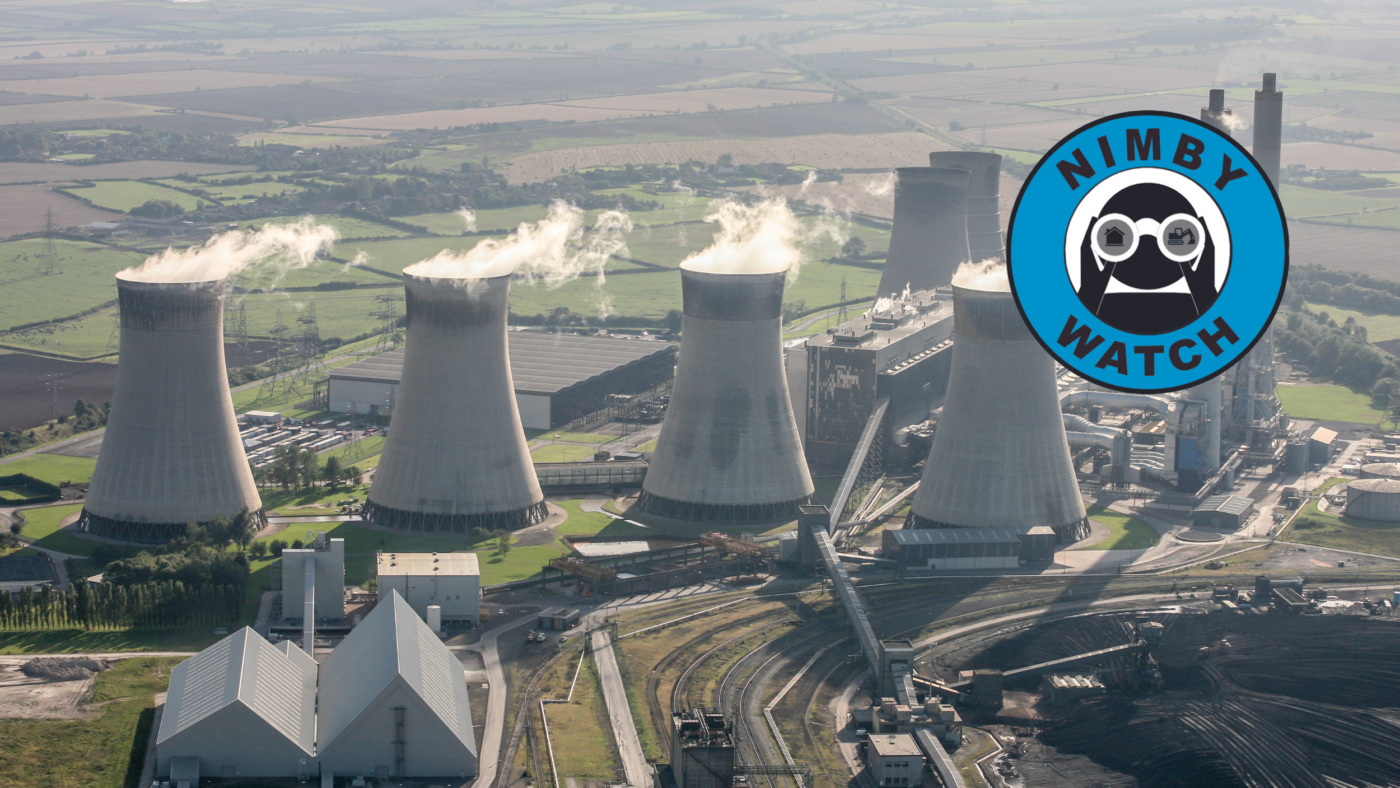In a new series, CapX is celebrating the way our planning system tries its very best to save the country from affordable housing or decent infrastructure. This week, the case of West Burton’s abandoned power station…
Where? West Burton, a once thriving medieval village in Bassetlaw. It went into terminal decline after the River Trent changed its course, and was finally abandoned some time in the 19th century.
So what’s there now? A power station.
Hang on, didn’t we do power stations last week? We did – I’m touched you remember – but this week there are two crucial differences. The first is that this one’s a great, non-renewable, carbon-spewing sort of a thing, not a lovely, shiny solar farm of the sort some so-called ‘Greens’ are inexplicably trying to block.
Still so mad about that. The other crucial difference is that people aren’t trying to stop this power station, which is lucky, as they’re six decades late. They’re trying to save it.
West Burton A is a coal-fired power station that has been looming over the East Midlands since the 1960s, and which at its peak provided electricity for 2m people. Not only do its eight 100m-high cooling towers look exactly like you’re probably imagining they do, but in all likelihood you’ve actually seen them, as they’re visible from the East Coast Main Line just south of Doncaster.
But even if you’ve seen those towers, you won’t, in recent months, have seen smoke coming out of them. That’s because last year the station was decommissioned.
Oh god. You’re going to argue we should build houses there, are you. I like the idea of resurrecting long lost villages as much as the next weirdo, but no: potentially contaminated industrial land in the Nottinghamshire/Lincolnshire borderlands is not a particular demand hot spot. Even if telling young Londoners to shut up and move there on the grounds that it’s only a few miles from a railway line probably is the natural endpoint of our ‘brownfield first’ planning policy.
No, I was merely going to note that, even though the power station doesn’t generate any power any more, there are people who’ve objected to doing anything else with the site. Last month the BBC reported that the Twentieth Century Society (TCS), an architecture preservation charity, had made a bid to save West Burton A from demolition, describing it as ‘the Stonehenge of the carbon age’, and trying to get it listed.
It didn’t work – Historic England instead issued a Certificate of Immunity, which is basically a piece of paper saying ‘no we are absolutely not going to list this site go away’, which means that EDF’s plans for a new gas power station, West Burton C, on the site can go ahead. (West Burton B, alphabet fans will be pleased to learn, is another gas power station that’s been running since 2008). But the charity’s head of campaigns, Oli Marshall, described the failure as a ‘sad milestone’: ‘At their peak in the 1960s, there were as many as 250 individual towers, now less than 50 remain… We’re in danger of wiping out an entire chapter of our industrial heritage’.
That still sounds like quite a lot. Do we need nearly 50 useless massive concrete cooling towers like the ones off The Simpsons? They’re not necessarily entirely useless: TCS points out that other countries like Germany or South Africa have reused their redundant towers as the centrepiece of extreme sports and amusement parks
Glad to see someone’s finally addressing the extreme sports and amusement park crisis. Basically, alongside the people trying to stop us building new, clean power infrastructure, there are different people who don’t want us to demolish existing, dirty, power infrastructure. Oh, and the first lot of people call themselves ‘Greens’, for some reason. Where something already exists, we should protect it; where something does not exist, we protect the land from it. The only consistent rule is that nothing should ever, ever change.
A relief, frankly, that this country already has all the housing, energy and transport infrastructure it could ever plausibly need. This is how villages go extinct, you know.
Click here to subscribe to our daily briefing – the best pieces from CapX and across the web.
CapX depends on the generosity of its readers. If you value what we do, please consider making a donation.


